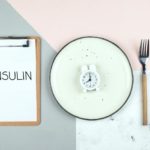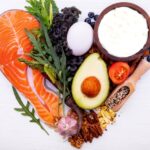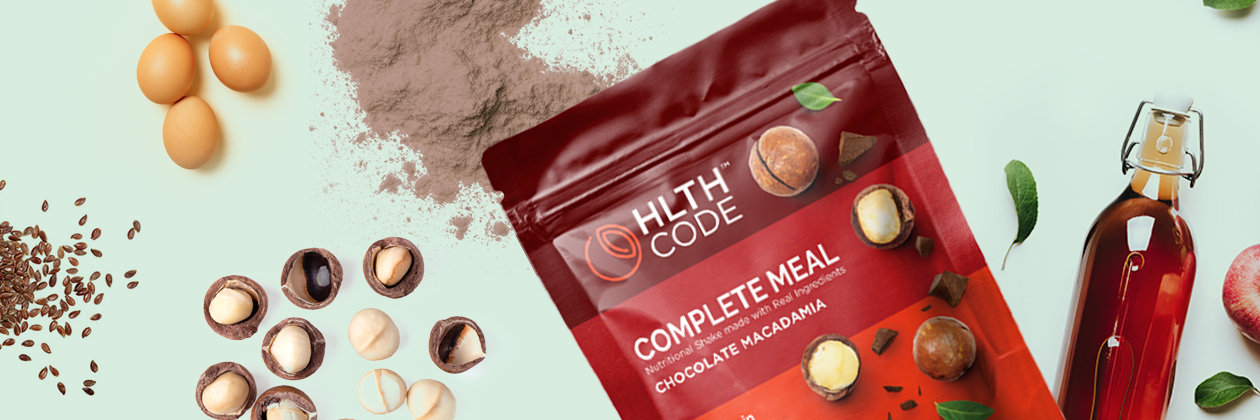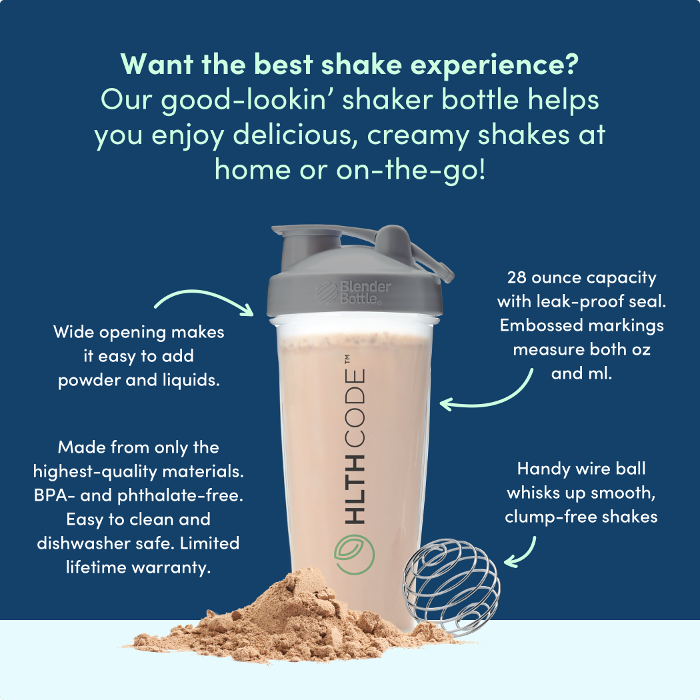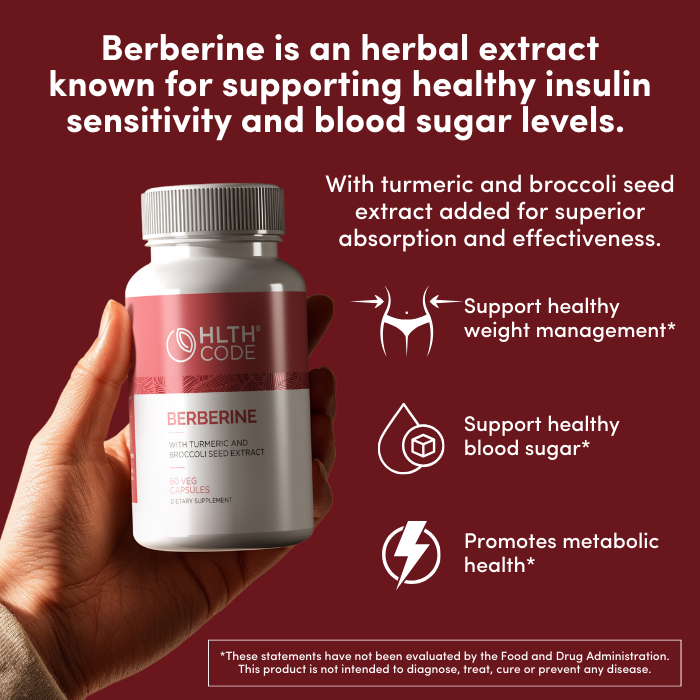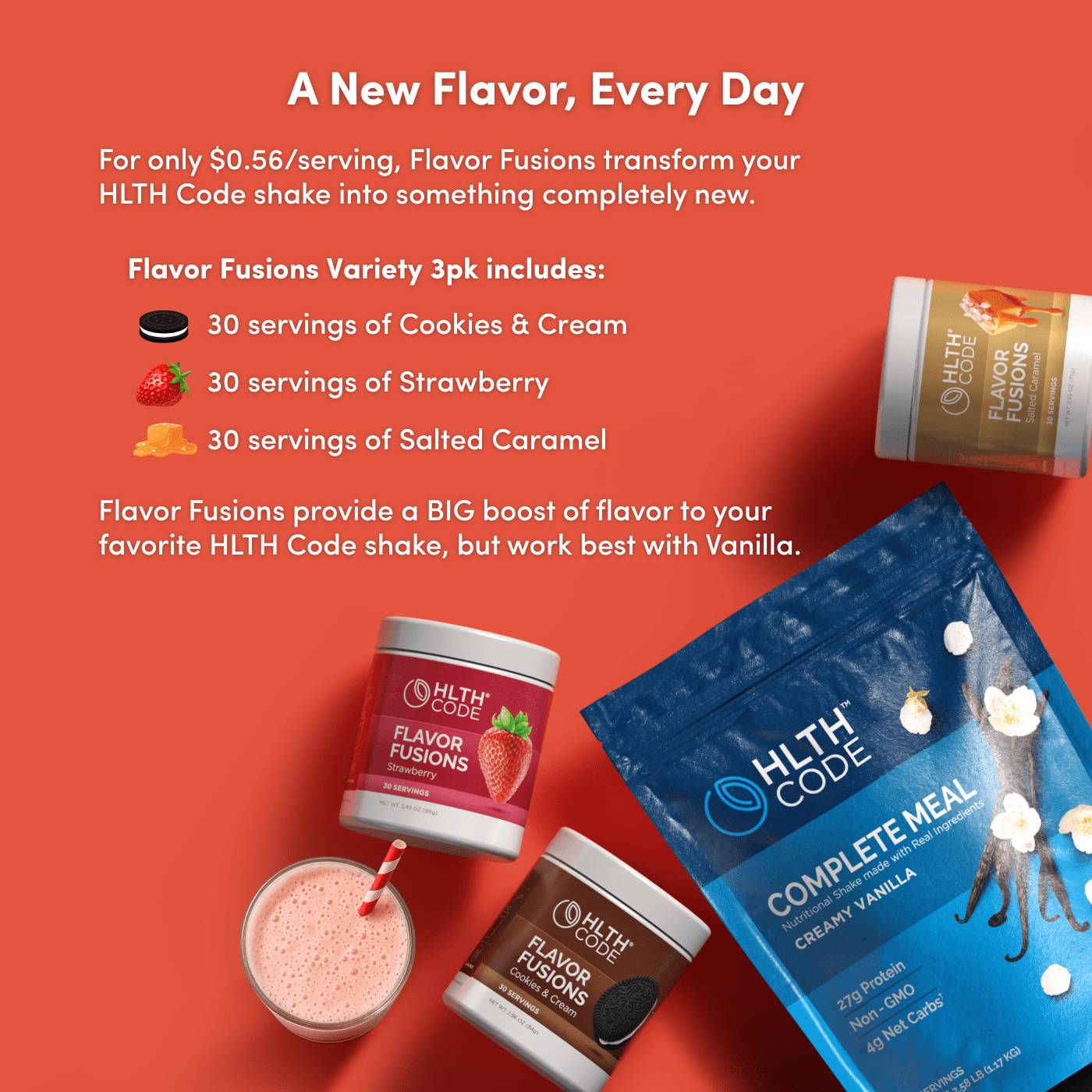The Two Types of Insulin Resistance
I am constantly amazed by the number of people that are confused about physiological insulin resistance versus pathological insulin resistance. Physiological insulin resistance is when the body becomes insulin resistant on purpose and it serves a good purpose. Pathological insulin resistance, the one that I study more explicitly, is when the body is becoming insulin resistant, but it’s a state that is now causing other problems.
But they do have something in common, whether it’s pathological [1] insulin resistance or physiological [2] insulin resistance, and this is where so many people get it wrong. In both instances, insulin is high. So anytime someone is invoking physiological insulin resistance, say in the context of a low-carbohydrate diet, it is wrong because insulin is low. This is not insulin resistance. (There are metabolic changes in glucose metabolism, though that’s a topic for another time.). Physiological insulin resistance is just like pathological insulin resistance in that in both states, insulin levels are a lot higher.
Here’s a graph to help convey the idea. Pregnancy is a prime example of a state of physiological insulin resistance. Interestingly, as the insulin levels (light blue) and the insulin resistance (dark blue) both increase during the pregnancy, the two variables are moving in the same direction as they would if this were a pathological state of insulin resistance.
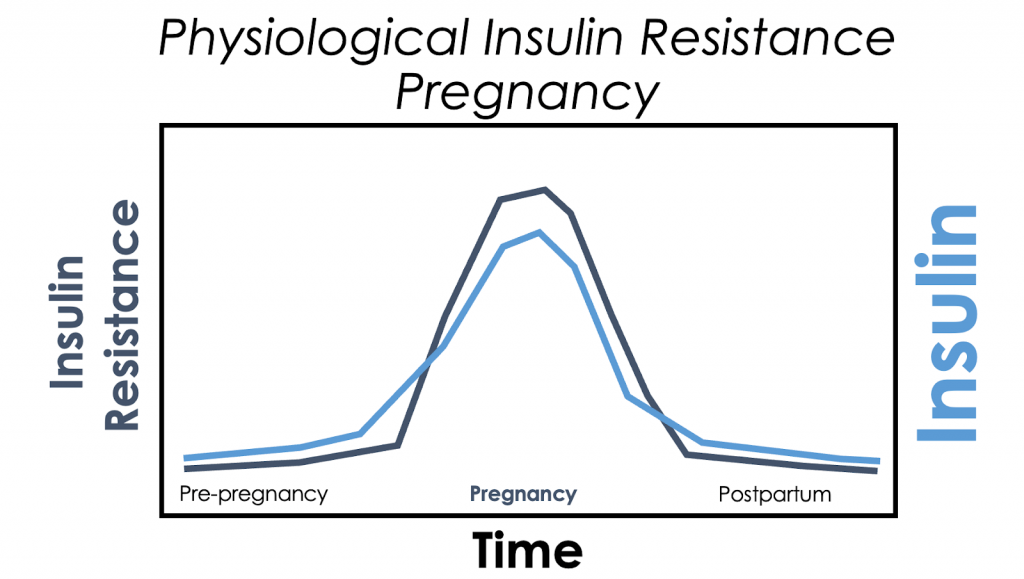
As noted, pregnancy is one of the two known periods of physiological insulin resistance in the life of a person. It’s the two Ps: puberty and pregnancy. Both of those instances, periods of explosive tissue growth, are states of insulin resistance. And yes, in both of them, insulin is elevated during that period of insulin resistance. Now, just to really put a fine point on this, data from a study of pregnancy and type 1 diabetes reveal that the insulin needs during pregnancy almost double [3] compared with the insulin needs before pregnancy. In conclusion, what pathological insulin resistance and physiological insulin resistance have in common is that insulin is elevated. Any claim of physiological insulin resistance in the context of a low-carb or ketogenic diet is simply incorrect. The only two instances of physiological insulin resistance are puberty and pregnancy, and in both instances, insulin is elevated. If there’s no elevation in insulin, then the body is not experiencing insulin resistance.
References
- https://care.diabetesjournals.org/content/31/Supplement_2/S262
- https://obgyn.onlinelibrary.wiley.com/doi/full/10.1111/jog.14731
- https://care.diabetesjournals.org/content/35/6/1246
This article is for informational and educational purposes only. It is not, nor is it intended to be substitute for professional medical advice, diagnosis, or treatment and should never be relied upon for specific medical advice.


